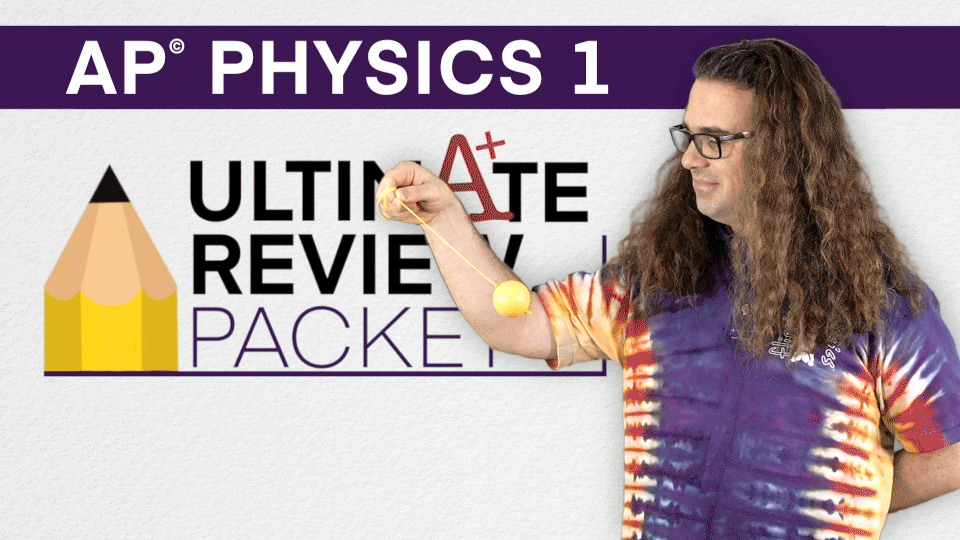The Human Spine acts like a Compression Spring (5:51)
|
A horizontal spring is attached to a cord, the cord goes over a pulley, and a 0.025 kg mass is attached to the cord. If the spring is stretched by 0.045 m, what is the spring constant of the spring? This is an AP Physics 1 topic.
Content Times: 0:07 Translating the problem 0:39 Solving the problem 2:26 Comparing to a vertical spring 3:30 Expansion vs. compression springs 3:56 The human spine acts like a compression spring Picture Credits: |
- Please support me on Patreon!
- Thank you to Aarti Sangwan, Scott Carter, and Christopher Becke being my Quality Control team for this video.
- Thank you to Youssef Nasr for transcribing the English subtitles of this video.

